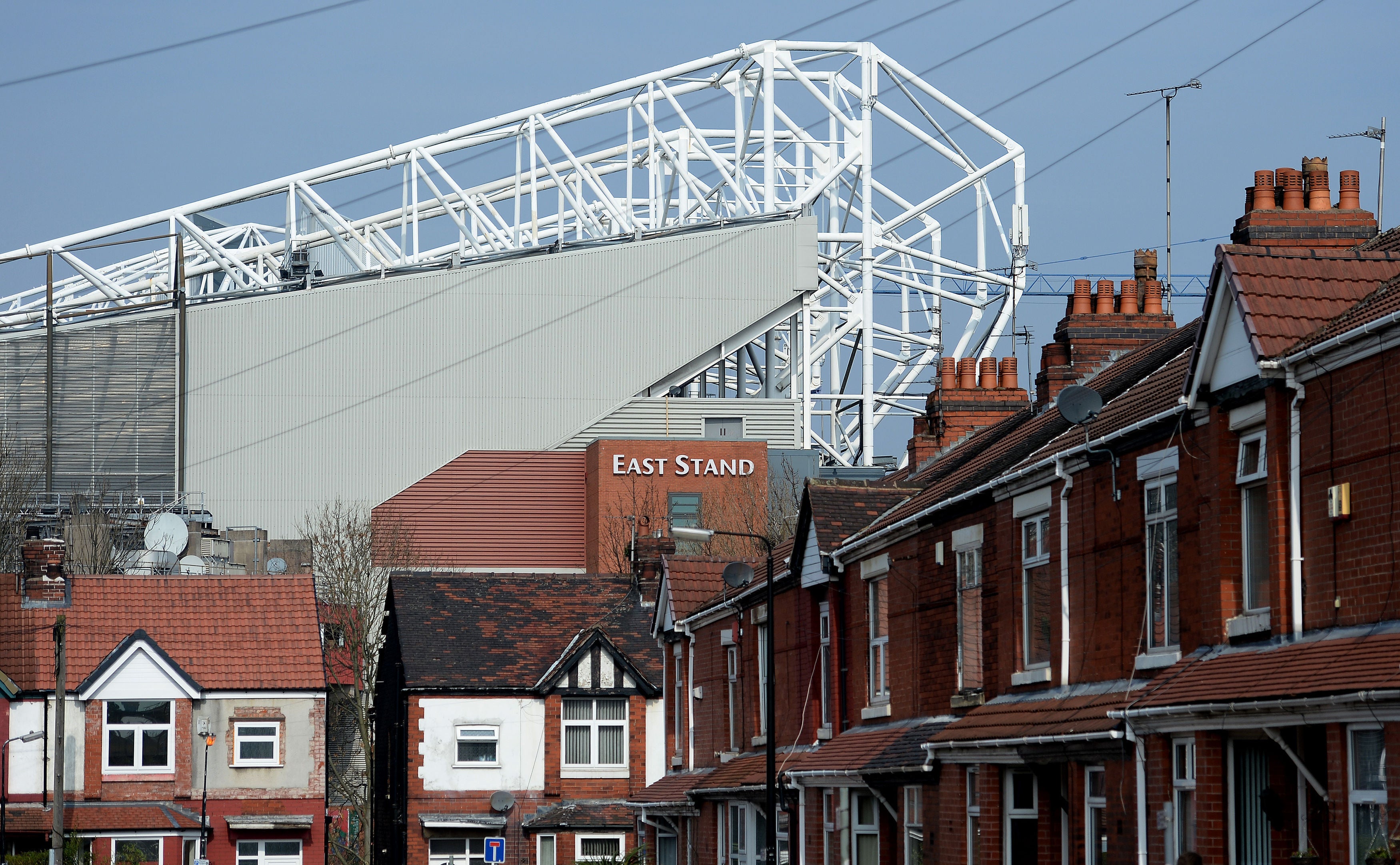Average house price forecast to increase by over £40,000 in next five years
Savills expects the north-south divide in property prices to continue to shrink over the next five years.

Your support helps us to tell the story
From reproductive rights to climate change to Big Tech, The Independent is on the ground when the story is developing. Whether it's investigating the financials of Elon Musk's pro-Trump PAC or producing our latest documentary, 'The A Word', which shines a light on the American women fighting for reproductive rights, we know how important it is to parse out the facts from the messaging.
At such a critical moment in US history, we need reporters on the ground. Your donation allows us to keep sending journalists to speak to both sides of the story.
The Independent is trusted by Americans across the entire political spectrum. And unlike many other quality news outlets, we choose not to lock Americans out of our reporting and analysis with paywalls. We believe quality journalism should be available to everyone, paid for by those who can afford it.
Your support makes all the difference.The average house price across Britain is expected to be more than £40,000 higher in five years’ time, breaking through the £370,000 mark, according to a forecast.
Giving its predictions up to 2026, Savills predicts that the typical property value will increase from £327,838 in 2021 to reach £370,785.
The property group expects the north-south divide in property prices to continue to shrink over the next five years, with affordability constraints in London where house prices are already high compared with elsewhere in Britain, keeping a lid on price growth.
However, after a longer period of sluggish growth, Savills expects that prime central London will outperform other prime and mainstream markets.
Lucian Cook, head of residential research at Savills, said: “With the prospect of inflationary pressures persisting into next year, bringing forward the first anticipated interest-rate rise, we expect price growth in the near term to be somewhat more muted than we have seen of late.”
Given where we are in the housing market cycle, the north-south divide in house prices looks set to close further over the next five years
Mr Cook continued: “With gradual interest-rate rises expected, we expect the mortgage regulation introduced back in 2014 to show its hand more clearly over the next five years. Stress testing of affordability has meant that existing borrowers are unlikely to get into financial trouble as rates creep up.
“But it will cap how much new buyers can borrow relative to their income in a higher interest-rate environment, acting as a drag on both prospective price growth and market activity over our forecast period.”
Lawrence Bowles, director of residential research at Savills, said: “Given where we are in the housing market cycle, the north-south divide in house prices looks set to close further over the next five years.”
He continued: “There remains more of an affordability cushion beyond London and the south. The Government’s levelling up agenda has the potential to accelerate a rebalancing of the market, but only if it gains meaningful traction.”
Mr Bowles continued: “The potential for price growth looks more constrained in the London mainstream market, which has become increasingly confined to more affluent households.
“This reflects the extent to which London prices became dislocated from the rest of the UK housing market through strong price growth from 2005 to 2016, something so pronounced it is expected to still limit price growth across large parts of the capital a decade later.”
Savills said that, by contrast, the prime central London market continues to offer “good value for money” in a historical context, and is expected to benefit from an increase in overseas demand as international travel picks up.
Frances Clacy, research analyst at Savills, said: “We’ve already seen the beginnings of this recovery, primarily driven by demand for larger houses and, as such, by locations such as Notting Hill and Holland Park. But renewed demand for flats during the second half of 2021, particularly from those looking for a pied-a-terre, suggests growth is likely to become more balanced, both in terms of location and property type, going forward.”
Savills added that it expected to see changes in working patterns underpin demand in more rural areas further away from major employment centres, albeit to a lesser degree than over the past 18 months.
Here are Savills’ mainstream residential forecasts, with the average house price in 2021, the predicted percentage increase over the coming five years, and the predicted average house price for 2026:
– North-west, £229,572, 18.8%, £272,732
– Yorkshire and the Humber, £224,257, 18.8%, £266,417
– Wales, £212,912, 18.2%, £251,662
– North-east, £181,001, 17.6%, £212,857
– East Midlands, £252,943, 15.9%, £293,160
– West Midlands £264,697, 15.9%, £306,784
– Scotland, £198,998, 15.9%, £230,639
– South-west, £341,971, 13.1%, £386,769
– South-east, 10.4%, £485,553
– East of England, £380,685, 10.4%, £420,276
– London, £676,124, 5.6%, £713,987
– Britain, £327,838, 13.1%, £370,785